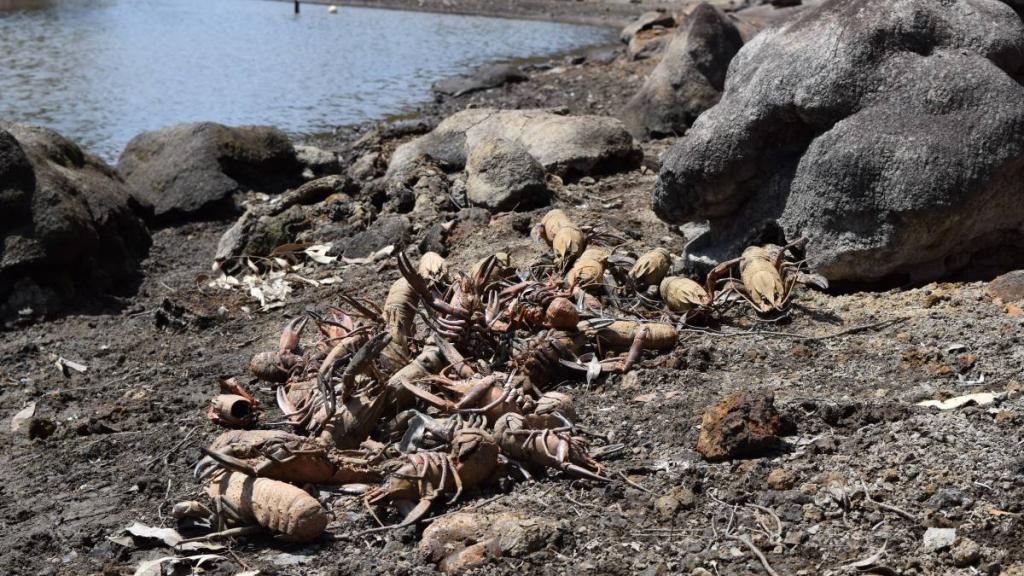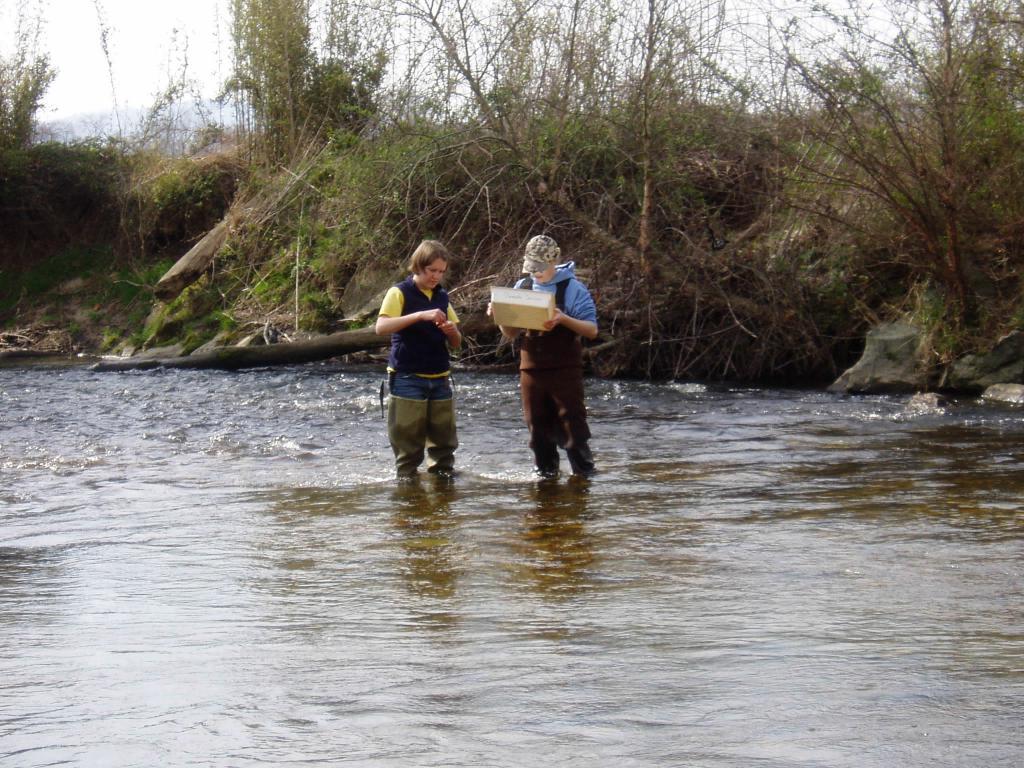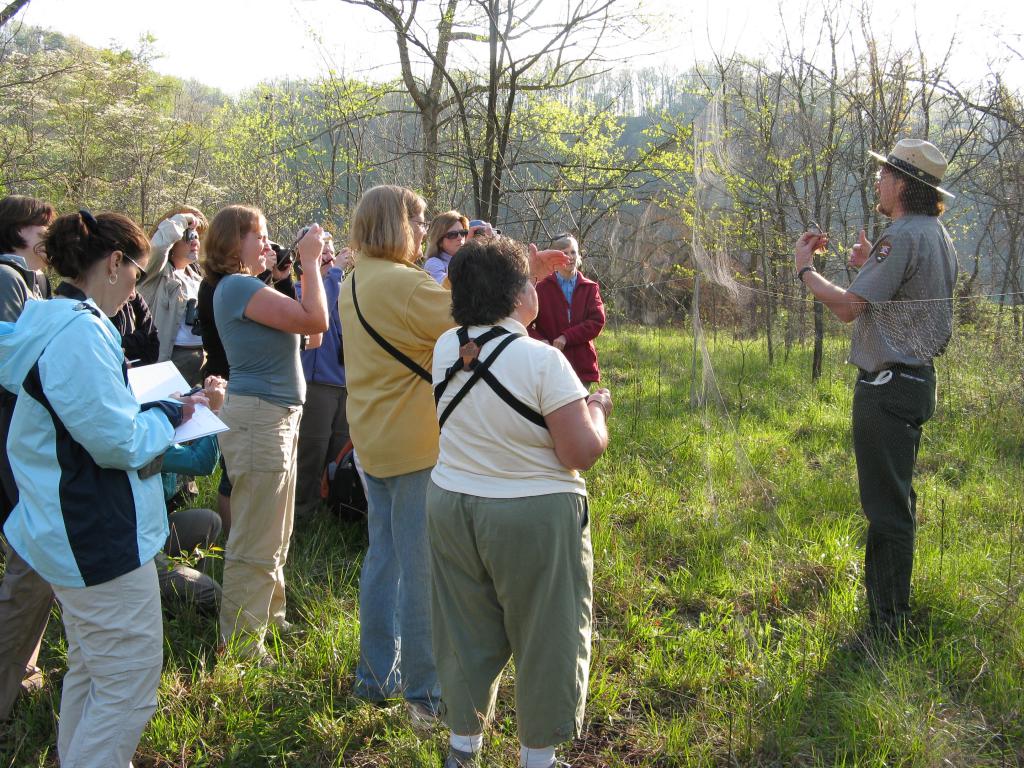The dissemination of environmental education is currently one of the most urgent tasks for all civilized states. After all, its solution is an essential condition in eliminating the problems of instability of the natural environment. In addition, environmental education, education and public awareness can ensure the sustainable development of society as a whole.
The global problem of our time
Currently, around the world there is a need for an urgent solution to the environmental issue. Many researchers working in various fields of science literally ring the bells in an attempt to convey the urgency of the problem to those who have the right to make decisions at the state level. But, unfortunately, only a small part of officials realize how dangerous delay in this area is.

But any wrong decision made by a statesman can lead to irreversible consequences, which will result in natural collapse.
Level of environmental education
What do we have at the moment? Many scientists recognize the fact that environmental education, whether it is considered at the level of a politician or an ordinary citizen, still remains quite low. At the same time, mankind has not yet realized the whole tragedy, which finds its expression in the rapid destruction of natural wealth.

Only those researchers who are directly involved in this problem fully understand the full scope of the impending crisis, as well as its possible consequences. That is why environmental education is so relevant at all levels of the social strata of society.
A bit of history
Environmental issues have interested people since ancient times. However, only in the 20th century. advocacy for environmental protection has gained its practical importance.
Environmental education has historically gone through several stages. The first of them began at the end of World War II. It was then, in 1948, that a new organization arose - IUCN (International Union for the Conservation of Nature and Natural Resources). One of its main tasks was the dissemination of knowledge about nature, the restoration and preservation of its wealth, that is, environmental education of the population. The IUCN Statute on this issue states that the Union encourages and recommends any international and national activities that contribute to the conservation of nature in all parts of the world and in all environments (in water, soil and forests). At the same time, IUCN aims to disseminate the latest technical and scientific achievements in the field of environmental protection, as well as to use and widely disseminate extensive programs of propaganda and environmental education of the population, so that public opinion deeply understands the idea of the need to protect nature. By the 70s of the last century, similar activities began to cover not only developed, but also other countries.
The second stage in environmental education and public awareness began after organizations such as UNEP and UNESCO approved the international program providing for the development of a system for acquiring environmental knowledge. It happened in the mid-1970s.
The third stage of introducing environmental culture and enlightenment to the masses dates back to the 80s. At this time, the idea of continuous universal environmental education more and more actively began to penetrate the consciousness of various segments of the population.At the same time, it began to spread in developing countries, where until recently, education in this area was rather skeptical, believing that nature conservation problems exist only in countries with a high level of economy.
Environmental Education Strategy
What features are characteristic for gaining knowledge in this area? Environmental education and enlightenment should be carried out throughout human life. Moreover, today they are an integral part of the general education program.

The main tasks of environmental education are to focus the population on practical problems. In addition, they are designed to help realize the value of the environment, to promote collective well-being, focusing on the issue of people's survival.
Education in this area should not be formal. However, it should be combined with other education programs.
Varieties of environmental education
In the 70s-80s. The formation of an environmental education structure took place. So there was a formal environmental education, which was limited by the curriculum of educational institutions, and non-formal, encompassing the whole society as a whole.
The second of these two systems provides for the dissemination of knowledge on the protection of the natural environment of the planet, their propaganda and dissemination outside schools and universities. The main goal of non-formal education in the environmental sphere is to cover all sectors of society in order to change the attitude of the population towards the environment. This will increase the responsibility of people in their interaction with nature, as well as give everyone the knowledge that will minimize the damage caused by humanity to the planet.
Levels of non-formal education
This type of education in the field of people's attitudes towards the environment is delimited by certain stages. These are levels of non-formal education, which are closely interconnected. Thus, the dissemination of knowledge in the environmental field for children of different ages and the development of a reverent attitude towards animals and plants in them is combined with the opening of relevant educational centers, with the publication of environmental literature, etc.
Levels of formal education
How does environmental education work in educational institutions? In formal education, 4 levels are distinguished. At the first of them, knowledge is propagated, the subjects of which are relations that arise between people and nature. All this happens within the framework of preschool education. During this period, children receive the necessary knowledge in the form of a game, while acquiring the necessary skills for caring for the living.
The second level of environmental education is designed for students. Students learn about nature in special lessons, as well as in completing related disciplines. During this period, attention is concentrated on practical research that reinforces the material studied.
Environmental education in the framework of the third level is implemented in secondary schools and in higher education. In them:
- students attend special courses;
- specialized faculties are being created;
- The environmental topics of traditional courses are being strengthened;
- there is a specialization in the study of various aspects of the problem relating to the relationship of a person with his natural environment (scientific, technical, political, socio-economic, etc.).
At the third level, students begin to realize the need to eliminate the environmental illiteracy of those people who make political decisions.

The fourth level of formal education is for all persons who improve their qualifications in the corresponding courses of special faculties.
Main tasks
Environmental education in general, regardless of its type, is designed to:
- to educate such members of society who well understand the relationship between nature and man, and also recognize the need to maintain ecological balance both at the regional and global levels, and constantly contribute to this;
- ensure the receipt of accurate data on the state of the environment, which will allow society to make the most optimal decisions on its application;
- to promote the dissemination of skills, abilities and knowledge that a person needs to eliminate existing environmental problems, as well as to prevent them in the future;
- Orient people to the fact that when making any decision in the field of the environment, it is especially important not to forget about the need for a balance between meeting the needs of society today and the possible consequences of such actions in the future;
- give each member of society an awareness of his involvement in the conservation of nature.
Ecological culture
What allows us to achieve awareness of the scale and severity of environmental problems, as well as identifying their global nature? Together with the system of appropriate education, it creates excellent prerequisites for the formation of ecological culture among people. It allows you to imagine the relationship that a person has with nature in the form of a moral problem.

Ecological culture is a combination of spiritual and material values, as well as methods of activity of people that determine the conformity of sociocultural processes to preserve the environment.
The role of political aspects
The affirmation of the ecological structure invariably leads to a transition from acquired knowledge to awareness. It will become the main motivating factor determining the activity of any person.
A special role in the impending environmental crisis is assigned to the executive structures of human society, especially political institutions. In this case, the political aspects that are directly related to the global dynamics of natural changes are primarily subject to study. A special education is being formed. It is called the ecological and political science. The main purpose of such education is to resolve decisions taken by authorities that have an impact on the growth of world environmental problems.
The role of the library in enhancing environmental knowledge
Unfortunately, a large number of people are still not fully aware of the problems that exist on our planet in relation to the environment. This is clearly evidenced by the events taking place in recent years. Among them, deforestation, air pollution, etc. All this led to the decision to conduct environmental education of the population in the library. Its role in this case is difficult to overestimate.

Why exactly the library? Yes, because it is a whole collection of information bases, which is not found in any cultural institution. In addition, the library employs literate people who have received higher education and are ready to promote environmental ideas. All these components together make this institution an indispensable element of the environmental education system.
The main activities
The library’s environmental education plan includes:
- Partnership with those organizations that are interested in the development of environmental education, considering such a direction prestigious and allowing to form a positive image of the company;
- Work on integrated programs and targeted projects;
- conducting continuous environmental education with the formation of a civic position when applying individual and mass forms of work;
- the implementation of scientific and methodological activities, during which the needs of the population in information are studied.
Ongoing activities
Despite the problems, the work of libraries in the field of environmental education of the population is focused and diverse. This is made possible thanks to program activities, which include educational excursions, as well as intellectual games on the relationship of man with nature, special classes on this topic, participation in folk celebrations, and meetings with interesting people.

Environmental education activities in libraries become most effective due to close cooperation and relationships with environmental organizations, private individuals and enterprises. That is why all work is coordinated with various specialists. These are environmental engineers, and specialists from the culture department, and employees of organizations involved in natural resources and environmental protection, etc.
The list of measures for environmental education of the population includes:
- video presentations;
- photo exhibitions;
- cognitive distance travel;
- environmental actions and lectures;
- open views of documents and literature related to environmental issues;
- Conducting conversations and round tables, exhibitions and reviews on environmental issues.
The variety of forms used for events will allow the population to take more seriously the existing environmental problems.
